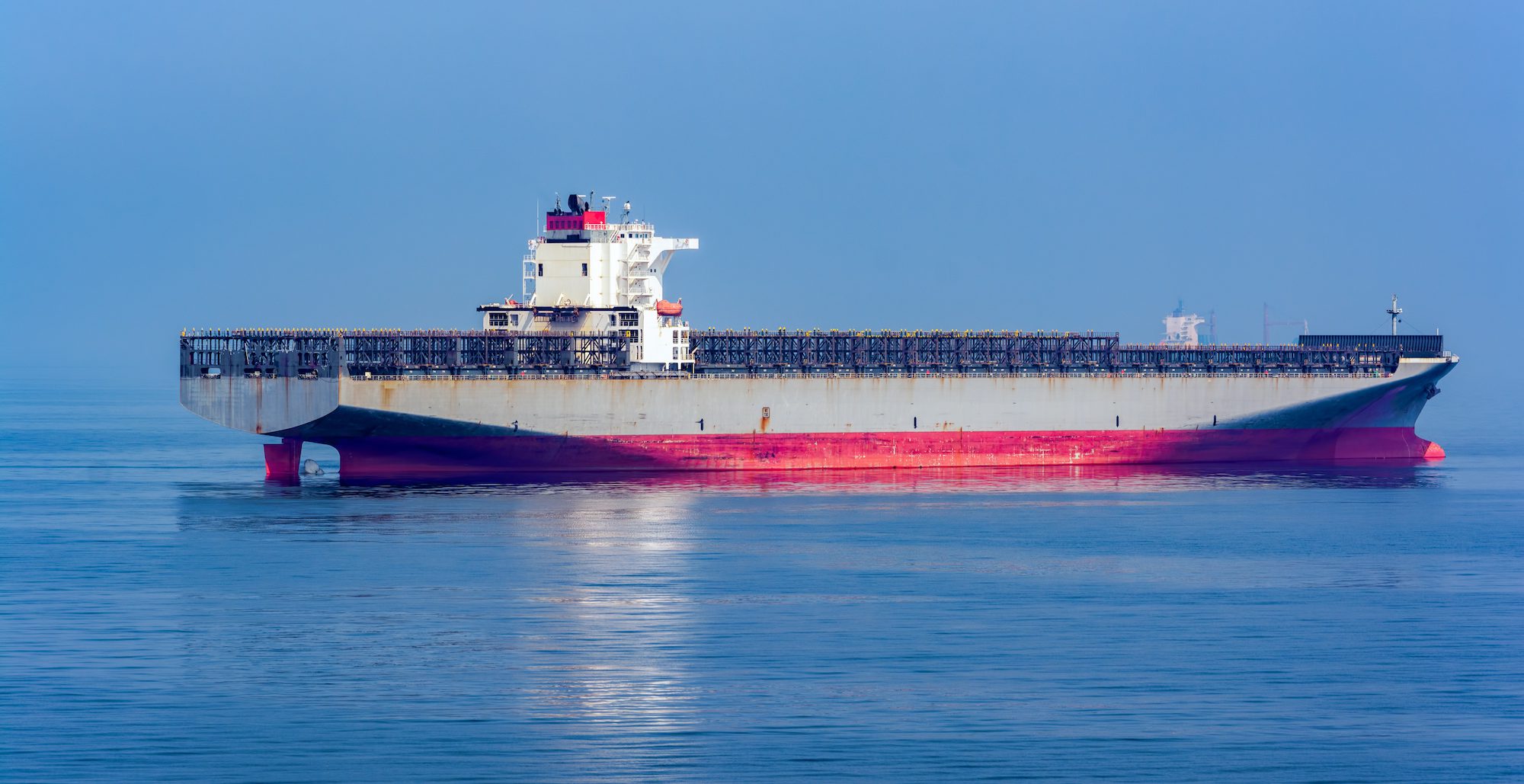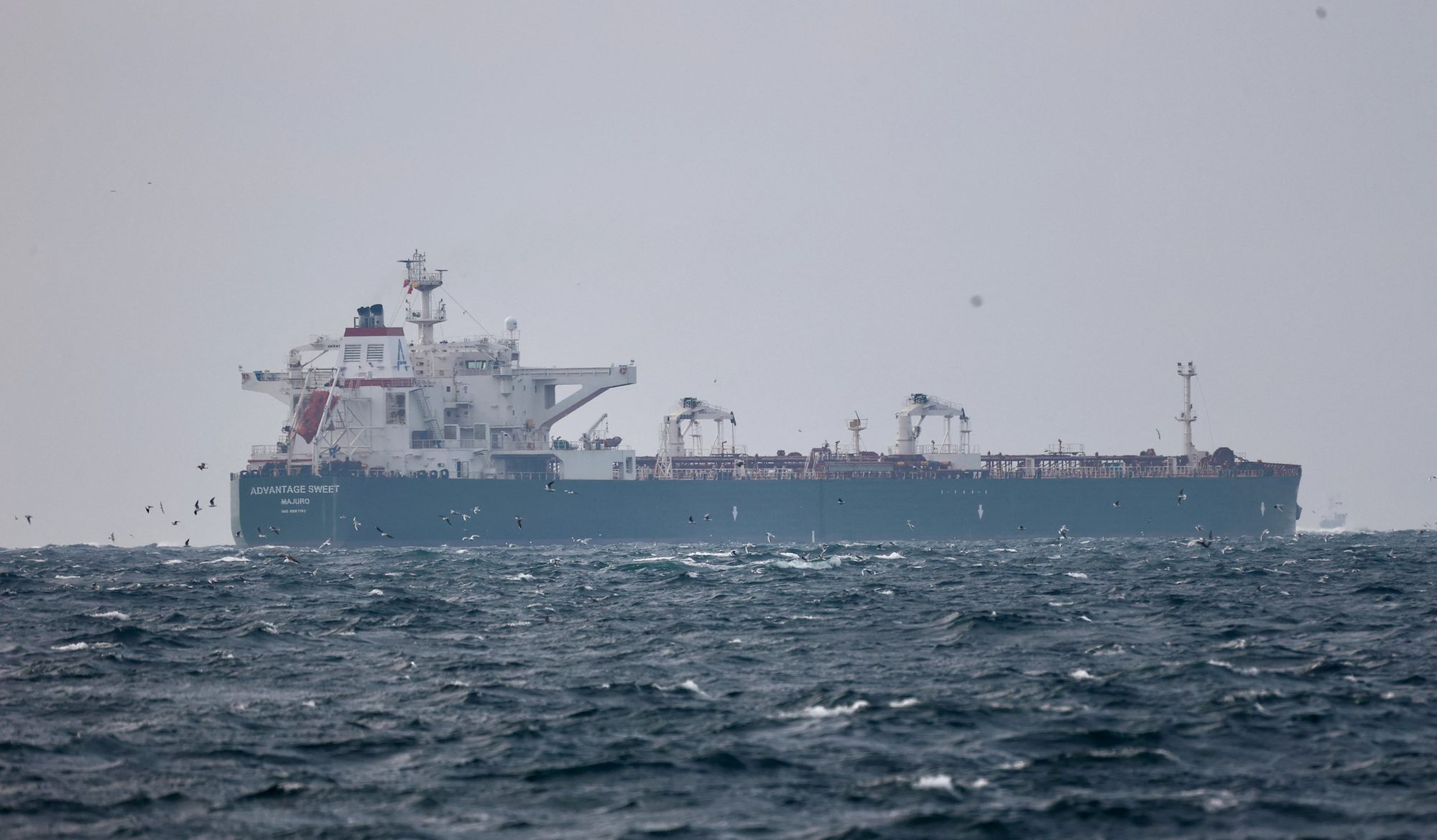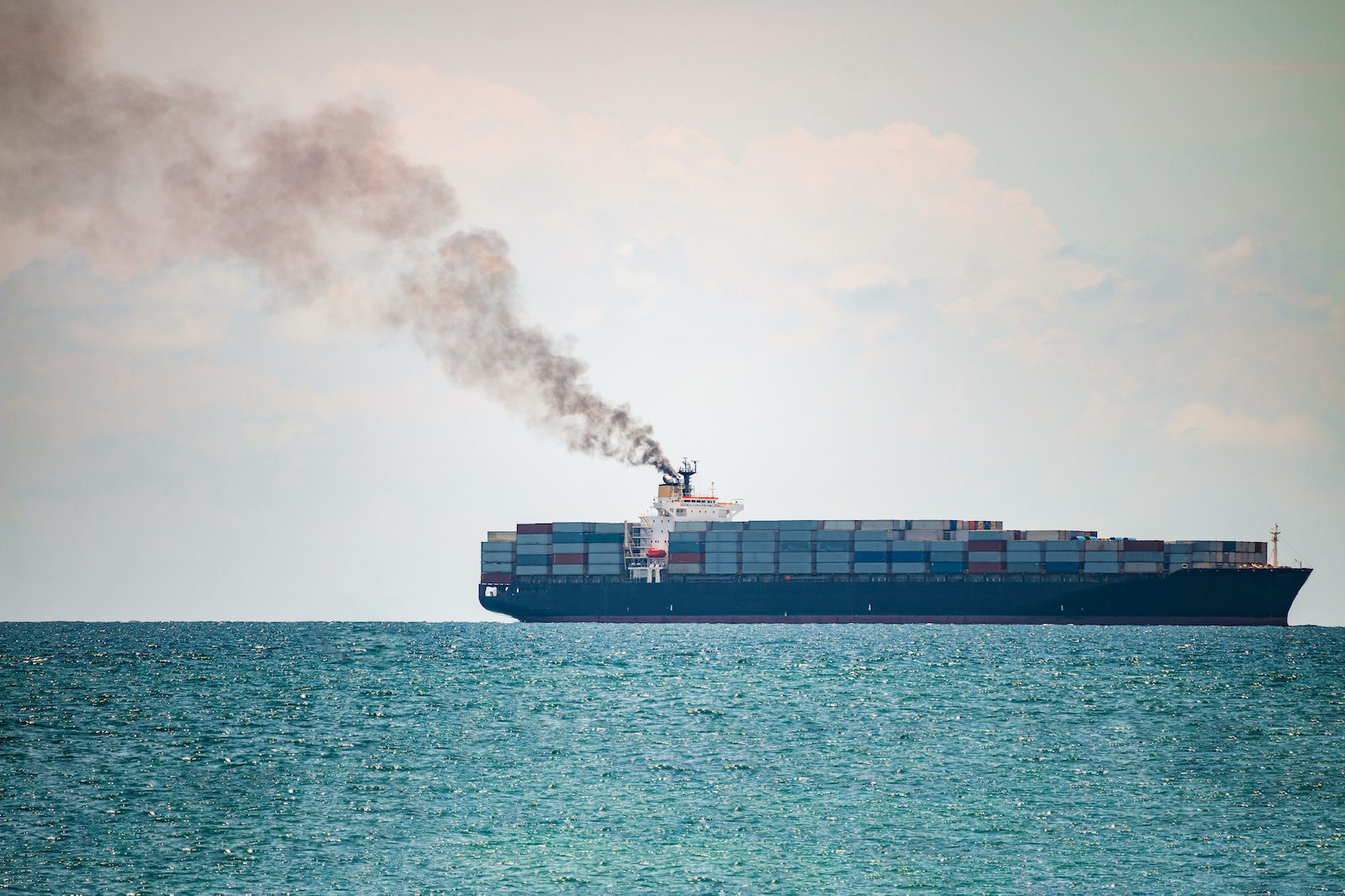(Bloomberg) —
For a sign of how much global trade has slowed, look no further than idled container ships — unused vessel capacity is near the highest level since a spike after the start of the pandemic.
But where those idled ships are clustered gives insight into the industry’s bets for a rebound: a large number are positioned near China, waiting for a renewed flow of exports as the world’s second-largest economy recovers from Covid Zero restrictions.
“It makes sense to be close to the main export centers, to be in a ready-to-go position,” said Simon Heaney, senior manager of container research at maritime consultant Drewry.
A slowdown in consumer demand — driven by weaker economic growth and higher inflation — is translating into fewer vessels needed for shipping goods from Asia’s top manufacturing hubs to the US and Europe.
About 4.1% of the global container fleet, capable of carrying 1.067 million 20-foot container boxes, was idle in February, according to Drewry. That’s double the amount a year earlier, and near December’s 1.07 million container boxes, which was the most capacity taken out of service since August 2020.
Spot container freight rates have fallen to the lowest levels in two and a half years, making it a good time to take many ships out of the fleet for maintenance. Chartering schedules are less tight, and so owners are catching up on repairs, said Sean Lee, chief executive officer of shipyard Marco Polo Marine Ltd.
But not all the idled ships are in drydock. Indeed, a large proportion of the unused fleet is gathered near China, according to Bloomberg shipping data. Other clusters can be found in Indonesia and Malaysia near Singapore’s break-bulk container hub, close to major trade routes.
Owners are positioning their empty ships near to where they anticipate demand to rebound the fastest, said Frank Andersen, head of Asia at maritime data provider Shipfix. It’s also cheaper to park a vessel in China instead of near Singapore, where port fees are higher.
It’s uncertain how long it will take for global trade to pick up, even as optimism grows for a rapid economic recovery in China, the world’s biggest exporter. The nation’s exports won’t start rolling until demand recovers in Europe and the US, which continue to be weighed down by stubborn inflation.
The last time there were so many idled vessels was during the first part of 2020, when Covid-19 swept across the world and brought shipping to a halt. But that turned around quickly as consumers stuck at home turned to e-commerce, kick-starting a scramble for all kinds of ships to transport containers.
“There are expectations that a potential rebound is coming,” said Andersen. “Maybe these ships will slowly get activated, although we could see that taking a few more months.”
© 2023 Bloomberg L.P.
Unlock Exclusive Insights Today!
Join the gCaptain Club for curated content, insider opinions, and vibrant community discussions.

 Join The Club
Join The Club













